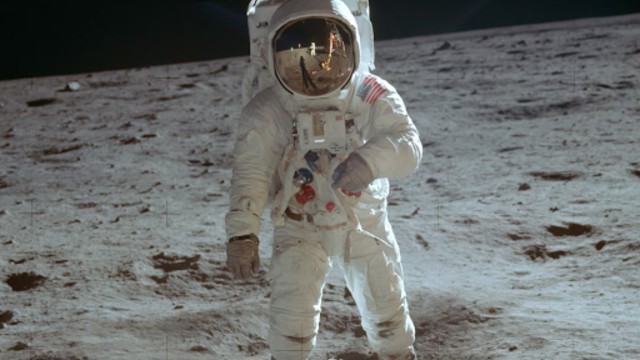
In this photo taken on July 20, 1969, astronaut Buzz Aldrin walks on the Moon during the Apollo 11 mission. The image, shared by NASA, shows him exploring the lunar surface. The photo was taken by Neil Armstrong, the first person to set foot on the Moon. NASA
NASA has announced a unique new contest with a $3 million prize. This challenge isn’t about building rockets or exploring deep space. Instead, it's about solving one dirty but important problem—how to deal with astronaut waste on the Moon.
The competition is part of NASA’s Lunar Innovation Initiative. It focuses on turning astronaut trash, including human waste, into useful materials. The LunaRecycle Challenge invites people worldwide to help figure this out.
NASA teamed up with the University of Alabama for this challenge. Together, they want bright minds to create systems that can handle and reuse the garbage astronauts produce. This includes used food containers, worn-out clothes, broken tools, and yes—even poop.
During a 30-day mission with four astronauts, NASA expects they’ll generate around 96 bags of feces. That’s a lot to manage on the Moon, where space and resources are very limited.
The competition has two parts. In Track 1, people need to design a full system—just digitally—that could recover useful resources from astronaut waste. This system should be able to work in tough lunar conditions. Track 2 asks participants to build a real working part of such a system.
Kim Krome, the LunaRecycle Challenge manager, shared her excitement. “We are very excited to see what solutions our global competitors generate, and we are eager for this challenge to serve as a positive catalyst for bringing the agency, and humanity, closer to exploring worlds beyond our own,” she said.
Each track comes with its own prize money. Participants can choose to enter one or both parts of the competition. Everyone is welcome—teams, individuals, students, experts, or even first-time inventors. And it doesn’t cost anything to enter.
NASA wants participants to think about the special challenges of the Moon. There is no air. Gravity is weaker. It’s either very hot or very cold. Any system designed to work there needs to be tough, smart, and efficient.
This isn’t just about getting rid of trash. NASA is hoping these ideas will help future astronauts reuse and recycle waste to make new tools, grow food, or create water and fuel. It’s all part of making deep space missions more self-sufficient.
With more missions planned under NASA’s Artemis program, this challenge comes at the right time. Getting rid of trash safely and turning waste into something useful could change how humans live and work on the Moon—and even Mars.
This new challenge shows how space travel is about more than rockets. Sometimes, the most important work is figuring out what to do with the leftovers.















